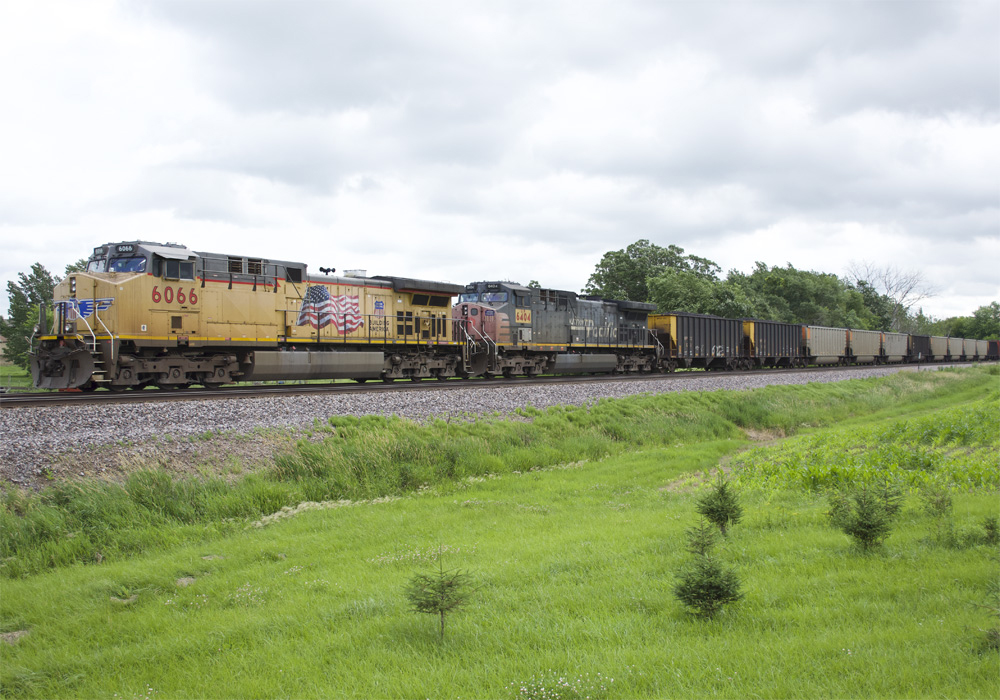
Q: When I run a unit coal train of Bethgon Coalporter gondolas, should the colored (rotary) ends face toward the front or the rear of the train? Which is most prototypical? – Nathan Penn, Monmouth, Ill. A: If possible, a double-rotary-ended car should be the first car in the train, since the coupler on the locomotive […]
Read More…
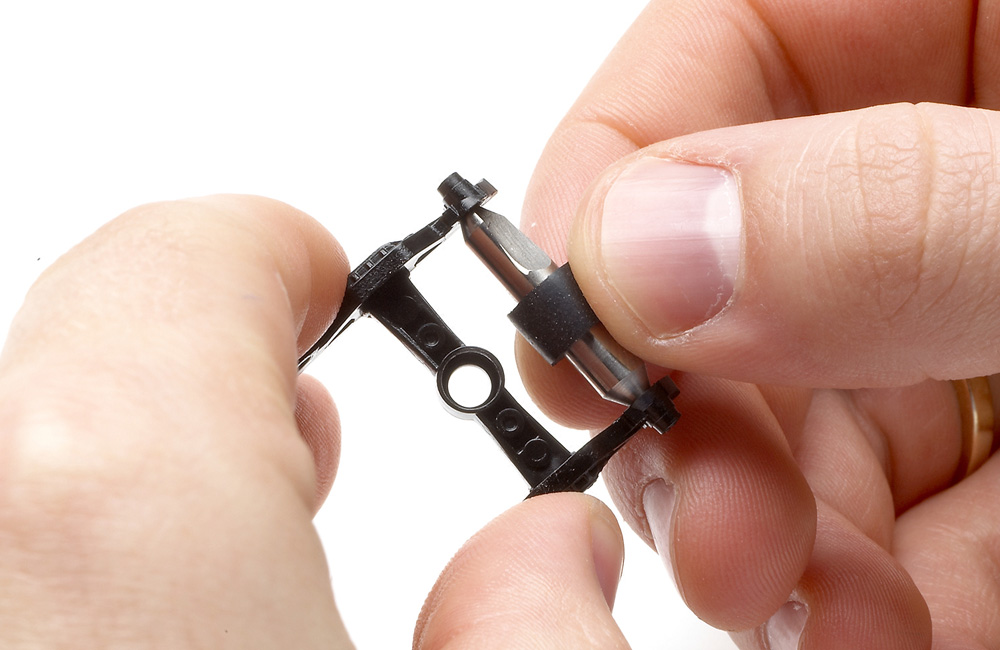
Q: The axles stick in the journal boxes of some of my rolling stock. I tried scraping them out and lubricating them. Any help would be appreciated. – Christopher Kramer, Chicago A: Depending on what tool you’re using, scraping them out might be making the bearing surfaces rougher, worsening your problem. And lubricating axle bearing […]
Read More…

Staff member Rene Schweitzer demonstrates ways to make sure your adhesives are always ready to use. This quick video will show you easy-to-use tips for modelers of any scale. […]
Read More…
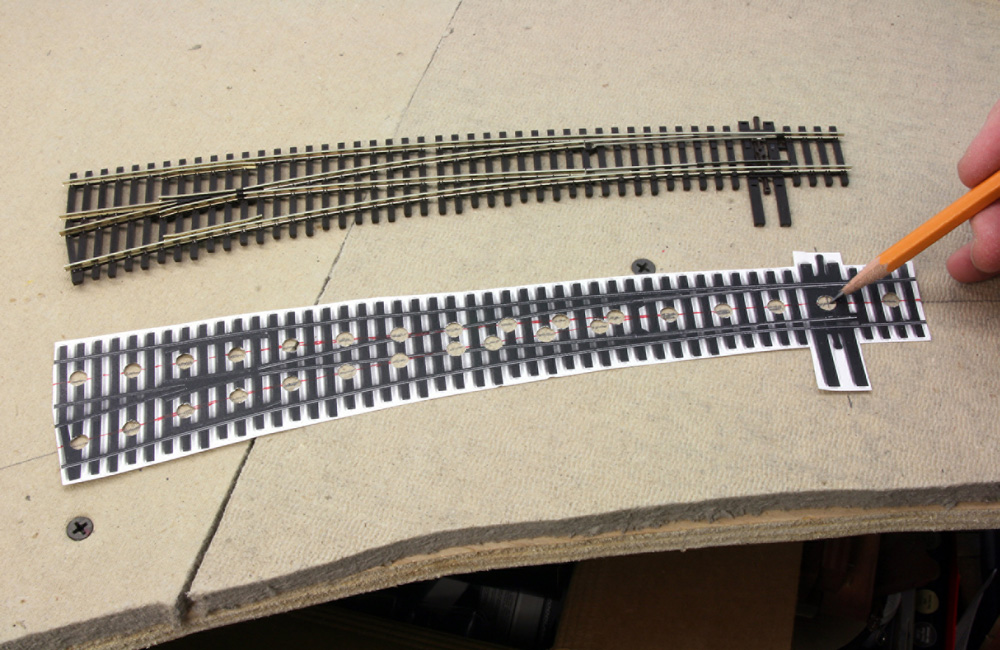
How do I use paper turnout templates? Q: I’m looking to get back into model railroading and I’m having a hard time deciding on a layout. I’ve confused myself by looking at hundreds of plans, drawing possible layouts and trying design software. I would like to be able to use paper track templates, but I […]
Read More…
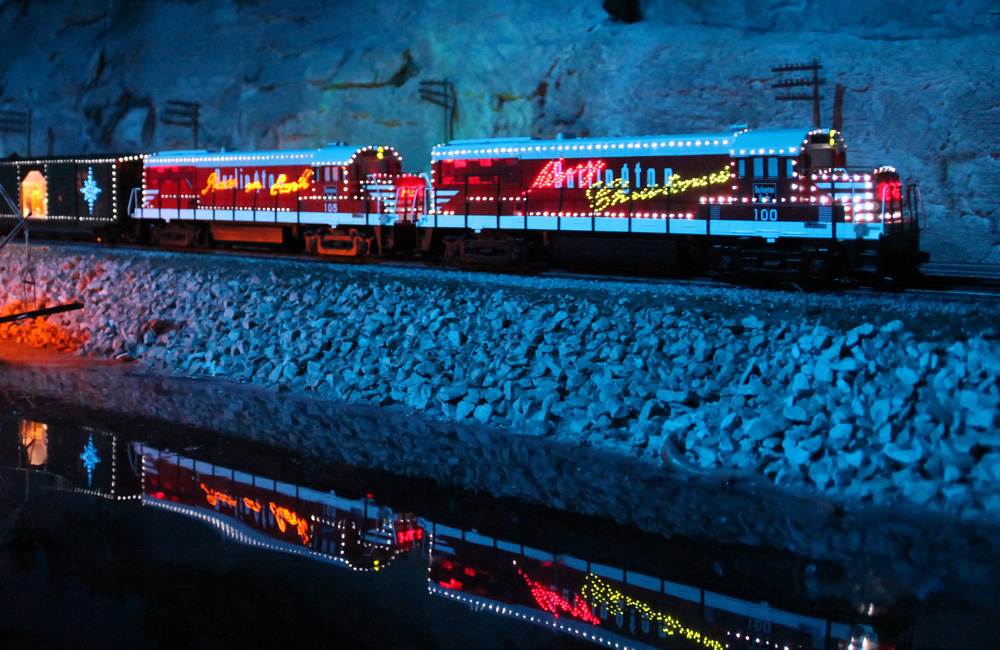
Q: Next Christmas I’d like to build a small automatic direct-current layout to put in my wife’s shop window. How is it possible to make sure that when a train arrives at the station and stops, a switch is triggered, the polarity is reversed, and another train departs in the opposite direction? – Ferruccio Felletti, […]
Read More…

Click the links below to download the appropriately sized image for your screen. Download the 1600 x 900 image Download the 1600 x 1000 image Download the 1600 x 1200 image […]
Read More…

Recent scratchbuilding efforts prompted me to come up with a simple glue applicator that would put a small amount of adhesive precisely where I wanted it. There are many commercial products to do this, but none were exactly what I needed. I took a sewing needle, measured its diameter, and drilled a slightly smaller hole […]
Read More…
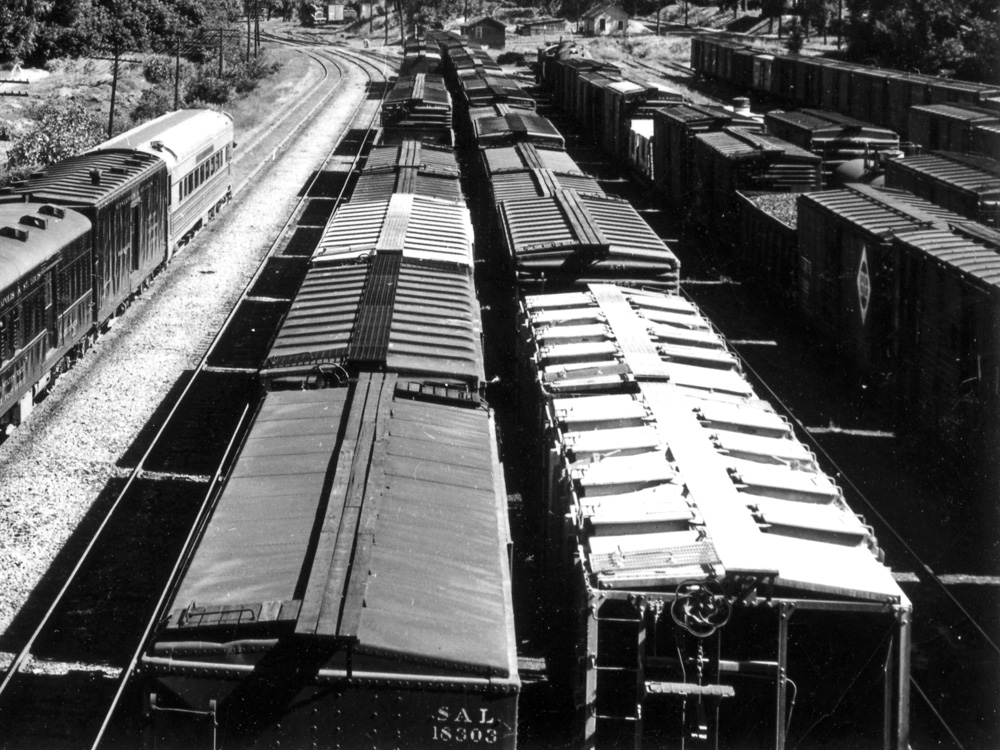
Q: My N scale layout is set in 1933. Several years ago, someone whose railroading knowledge I respect told me that running boards on early freight cars weren’t painted since they would be dangerously slippery when wet. However, all the models I see sold now have the running boards painted the same color as the […]
Read More…
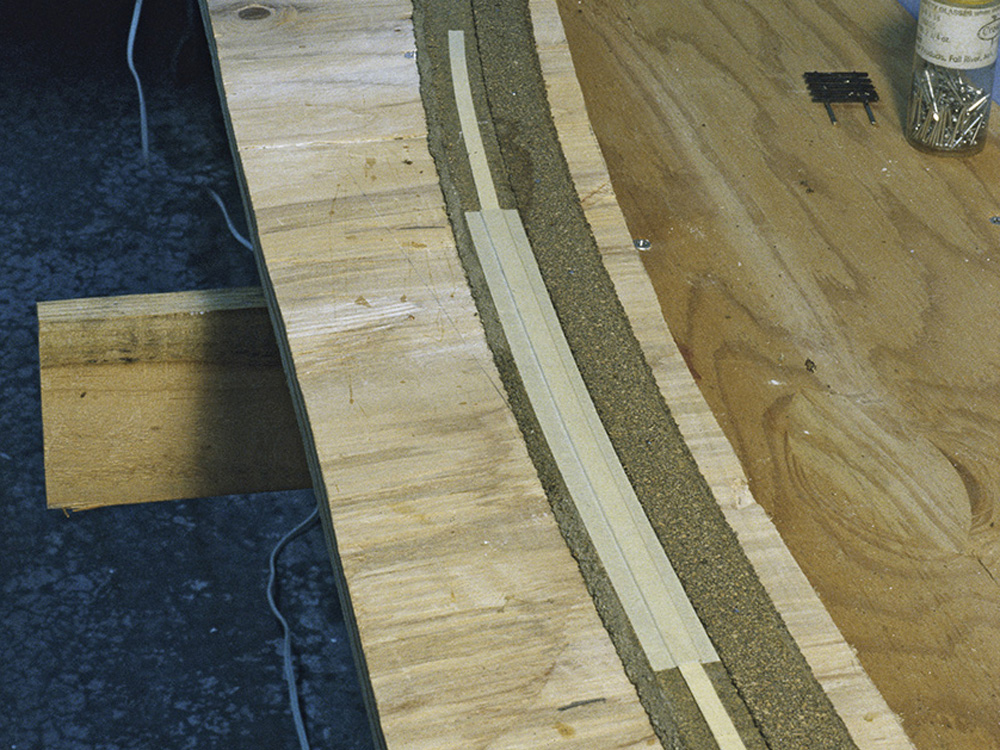
Q: When superelevating track curves with shims, is the shim placed with one of its sides along the track centerline or in the middle of the line? – Robert, last name not given A: Superelevation is where the rail on the outside of a curve is elevated slightly above the inner rail so trains transiting […]
Read More…
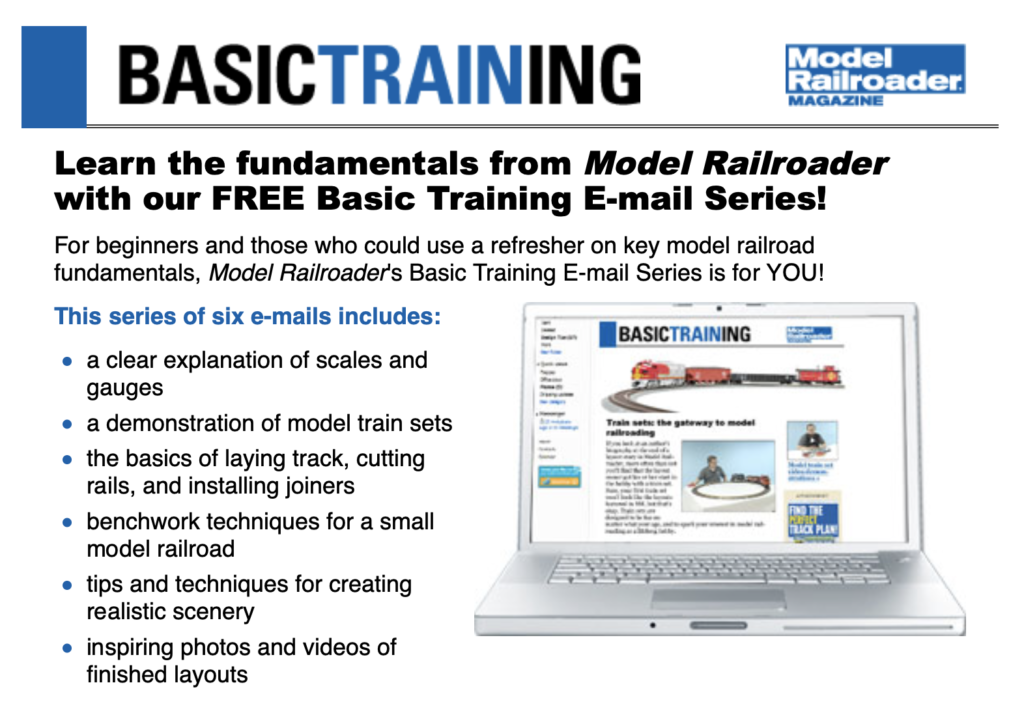
Learn the fundamentals from Model Railroader with our FREE Basic Training E-mail Series! For beginners and those who could use a refresher on key model railroad fundamentals, Model Railroader’s Basic Training E-mail Series is for YOU! This series of six e-mails includes: •a clear explanation of scales and gauges •a demonstration of model train sets […]
Read More…
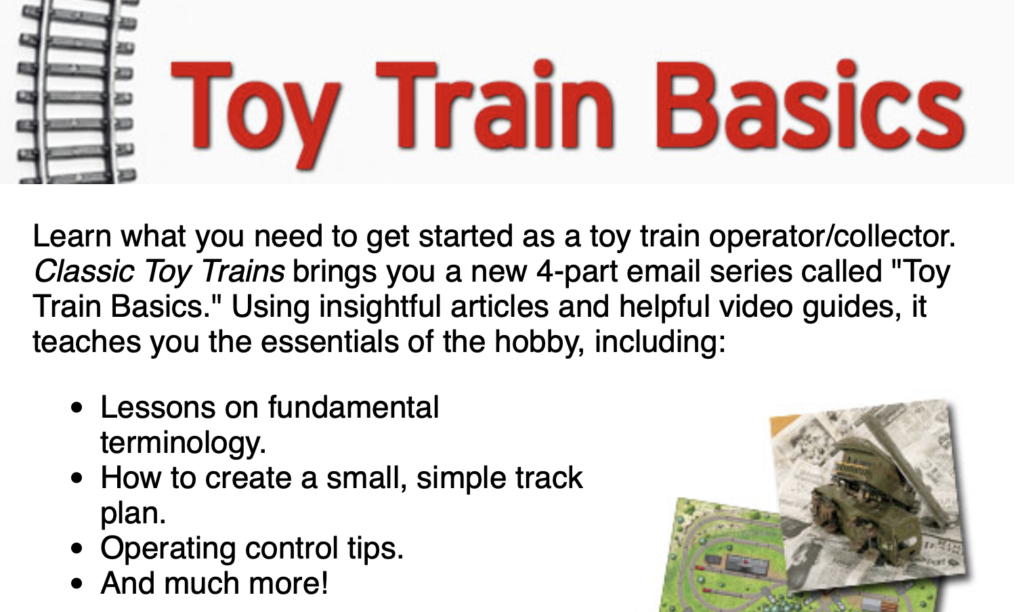
Learn what you need to get started as a toy train operator/collector. Classic Toy Trains brings you a new 4-part email series called “Toy Train Basics.” Using insightful articles and helpful video guides, it teaches you the essentials of the hobby, including: •Lessons on fundamental terminology. •How to create a small, simple track plan. […]
Read More…
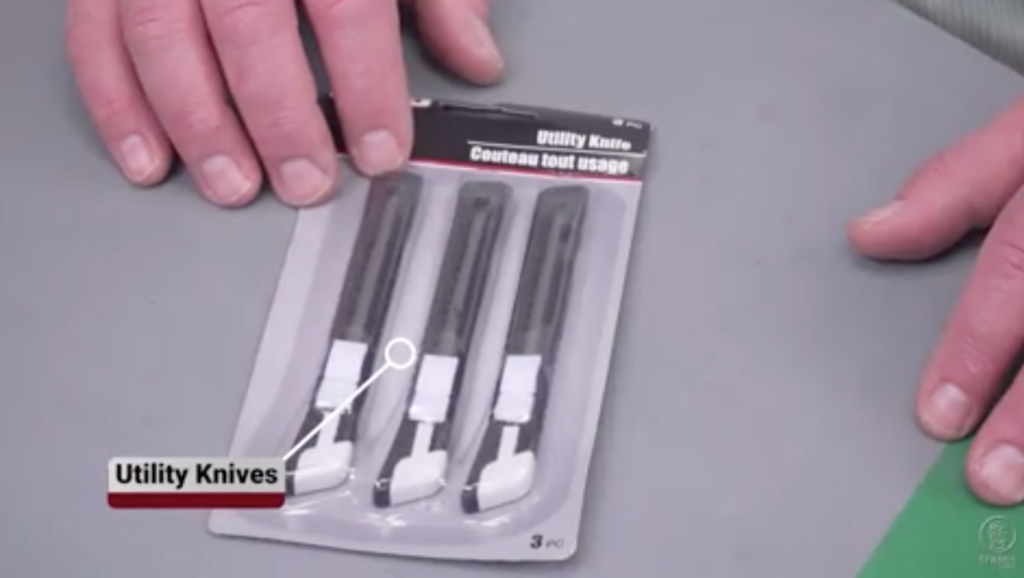
Classic Toy Trains Editor Hal Miller prowls the dollar store aisles in search of inexpensive items that are useful on the workbench or layout. […]
Read More…












